CR-S Education Framework
The Culturally Responsive-Sustaining Education framework helps educators create student-centered learning environments that: affirm racial, linguistic and cultural identities; prepare students for rigor and independent learning, develop students’ abilities to connect across lines of difference; elevate historically marginalized voices; and empower students as agents of social change.
Principles
The four principles of CR-S are:
- Welcoming and Affirming Environment
- High Expectations and Rigorous Instruction
- Inclusive Curriculum and Assessment
- Ongoing Professional Learning
What is Culturally Responsive-Sustaining Education?
- Culturally responsive-sustaining education is about teaching the students in front of you. Our students are at a greater advantage when we understand who they actually are and not who we assume them to be.
- Culturally responsive education is sustainable when :
- A climate is created to support the academic performance of all students.
- Shared responsibility of trust and respect is fostered between school and families
- Educators and district stakeholders engage in continual learning and critical conversations on areas of equity, anti-bias, and cultural pedagogies.
What is the Culturally Responsive-Sustaining Framework? Why now?
- Culture is an asset
- Responsibility of education is to prevent exclusion AND promote the perpetuation of cultures of marginalized groups
- Framework to support education stakeholders in developing & implementing policies to educate ALL students
- Grounded in 4 principles: (1)welcoming and affirming environment, (2)high expectations and rigorous instruction, (3)inclusive curriculum and assessment, (4) ongoing professional learning
What do students gain when culturally responsive-sustaining education guides our education system?
- An understanding of the relationship between culture and education.
- An opportunity to leverage their culture as an asset.
- A strengthened foundation of rigor and innovative learning.
- Role models in the school community who recognize their strengths and opportunities.
- The ability to be agents of positive social change.
Why should schools focus on the cultures of their students?
- Student-Centered
- By making all cultures matter, our students’ cultures can be positioned as strengths and as the foundation of empowering, rigorous, and innovative learning.
- When teaching is not rooted in students’ lives, student learning suffers, biases take hold, and deficit perspectives become normalized.
- Components of Identity and Culture
- Identity = race, economic background, gender, language, sexual orientation, nationality, religion, and ability.
- Culture = cuisines, art, music, celebrations, values, forms of expression, ways of thinking
- Schools are a meeting point for culture and education (for children and adults)
- Multi-Tiered approach for cultural inclusion
What are the four principles of the Culturally Responsive-Sustaining Framework?
- Welcoming and Affirming Environment
- High Expectations and Rigorous Instruction
- Inclusive Curriculum and Assessment
- Ongoing Professional Learning
How does implementing CR-S improve your school community as a whole?
- Treating Diversities as assets for teaching and learning
- All families have “cultural capital” to be used in classrooms
- Develop meaningful, sustaining relationships with students, families and communities
- Understanding of cultures should refocus lens through which cultures are viewed
- Position cultures as strengths and as the foundation for learning
/LCSD_Logo_2022.png)
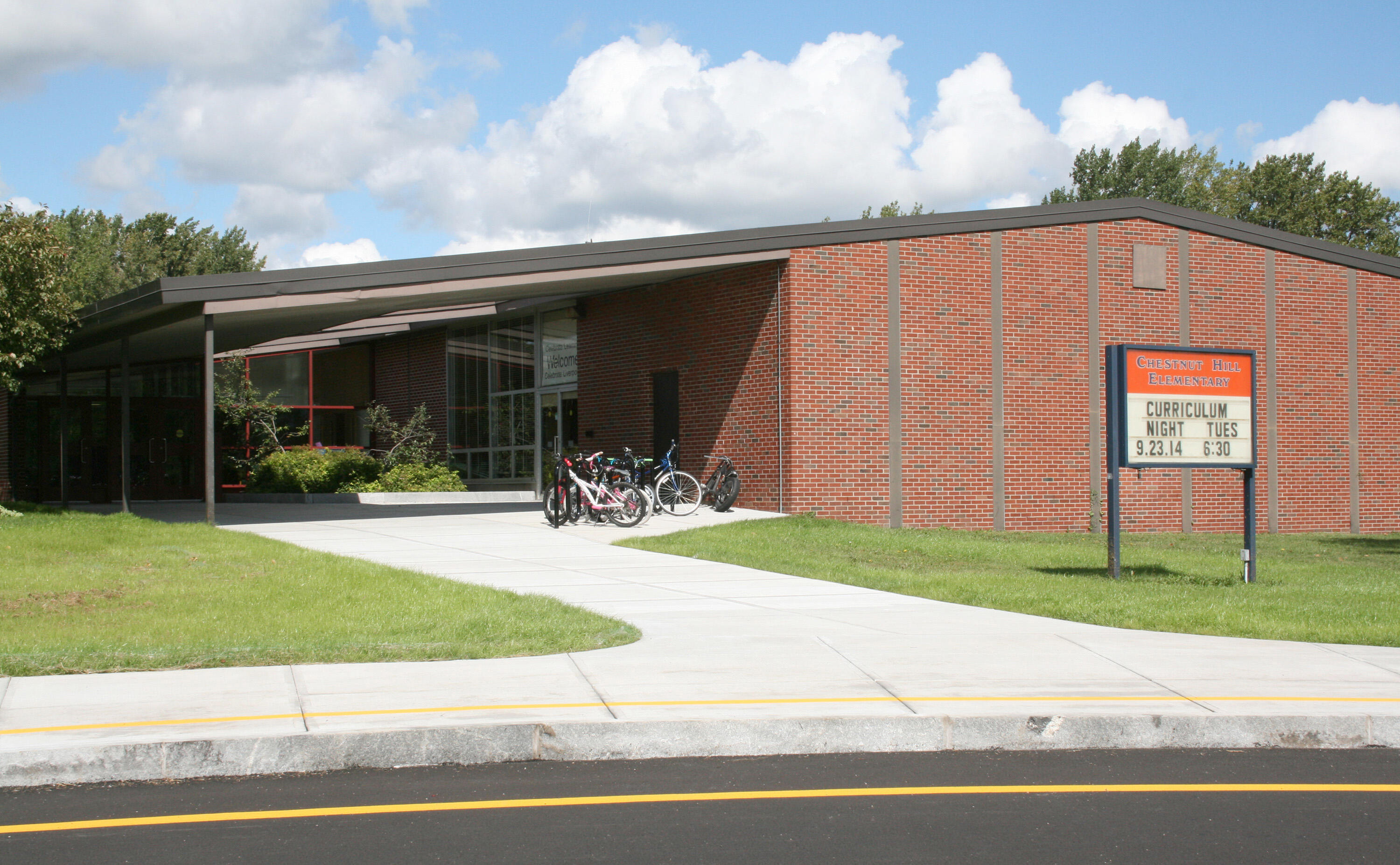
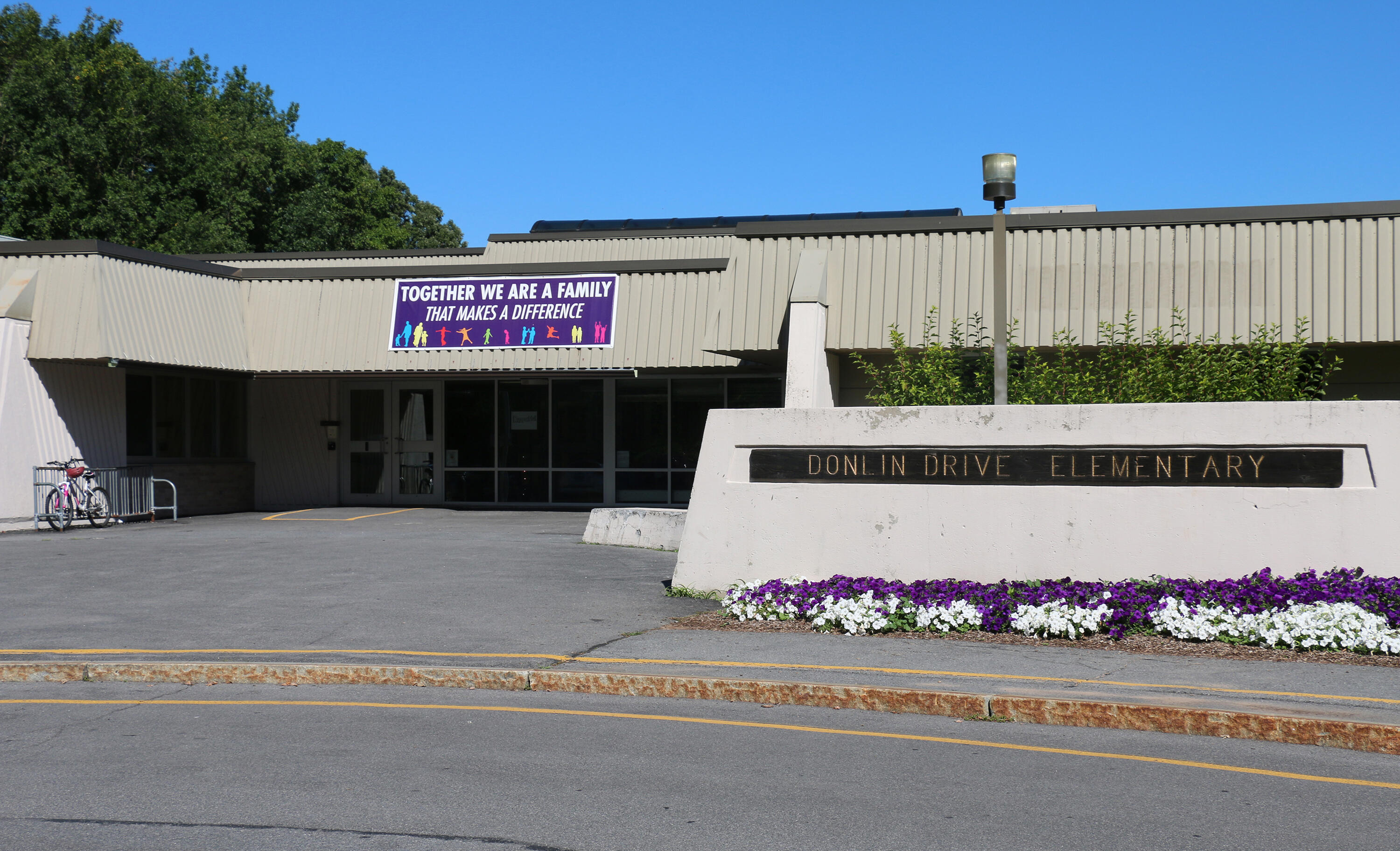
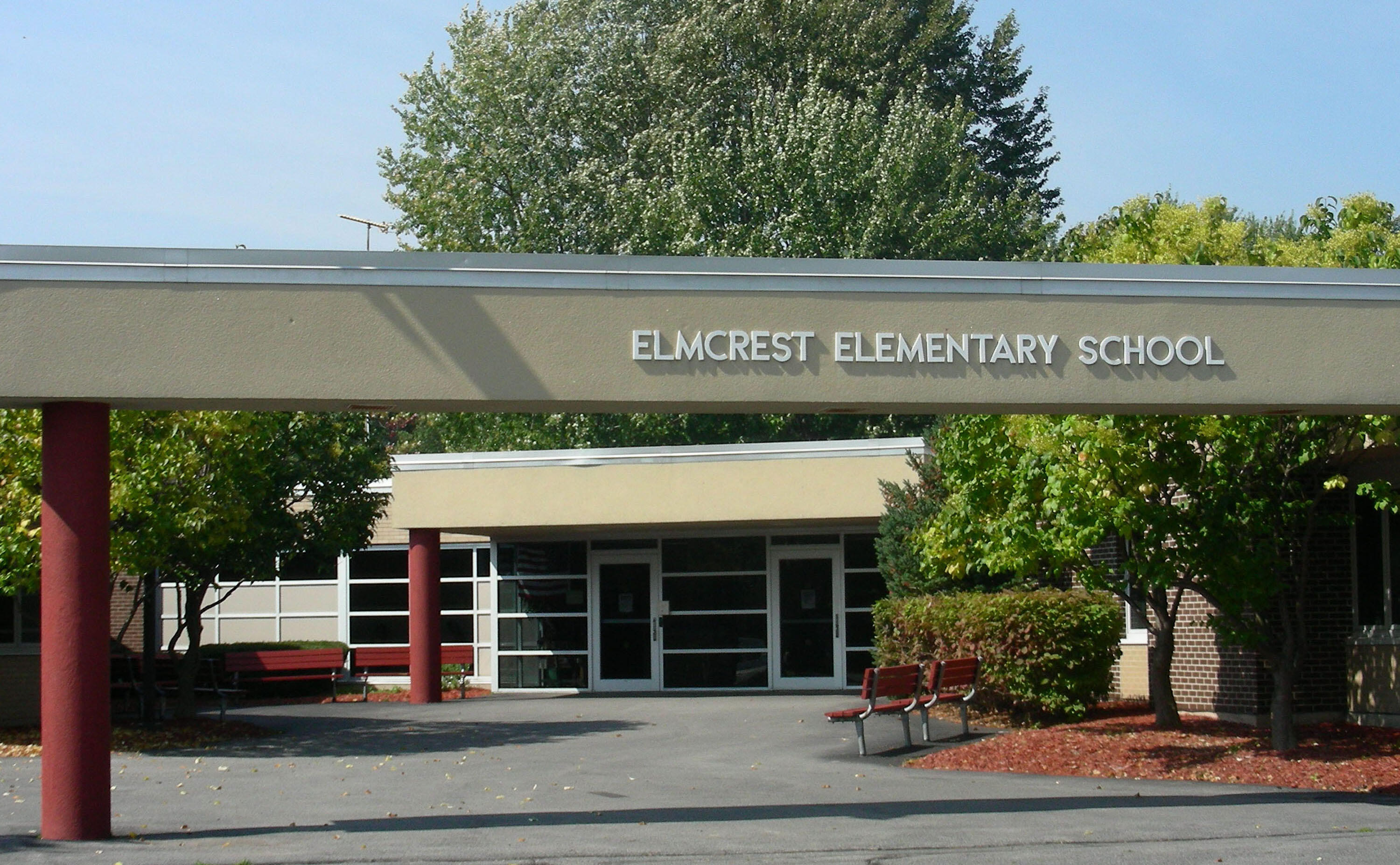
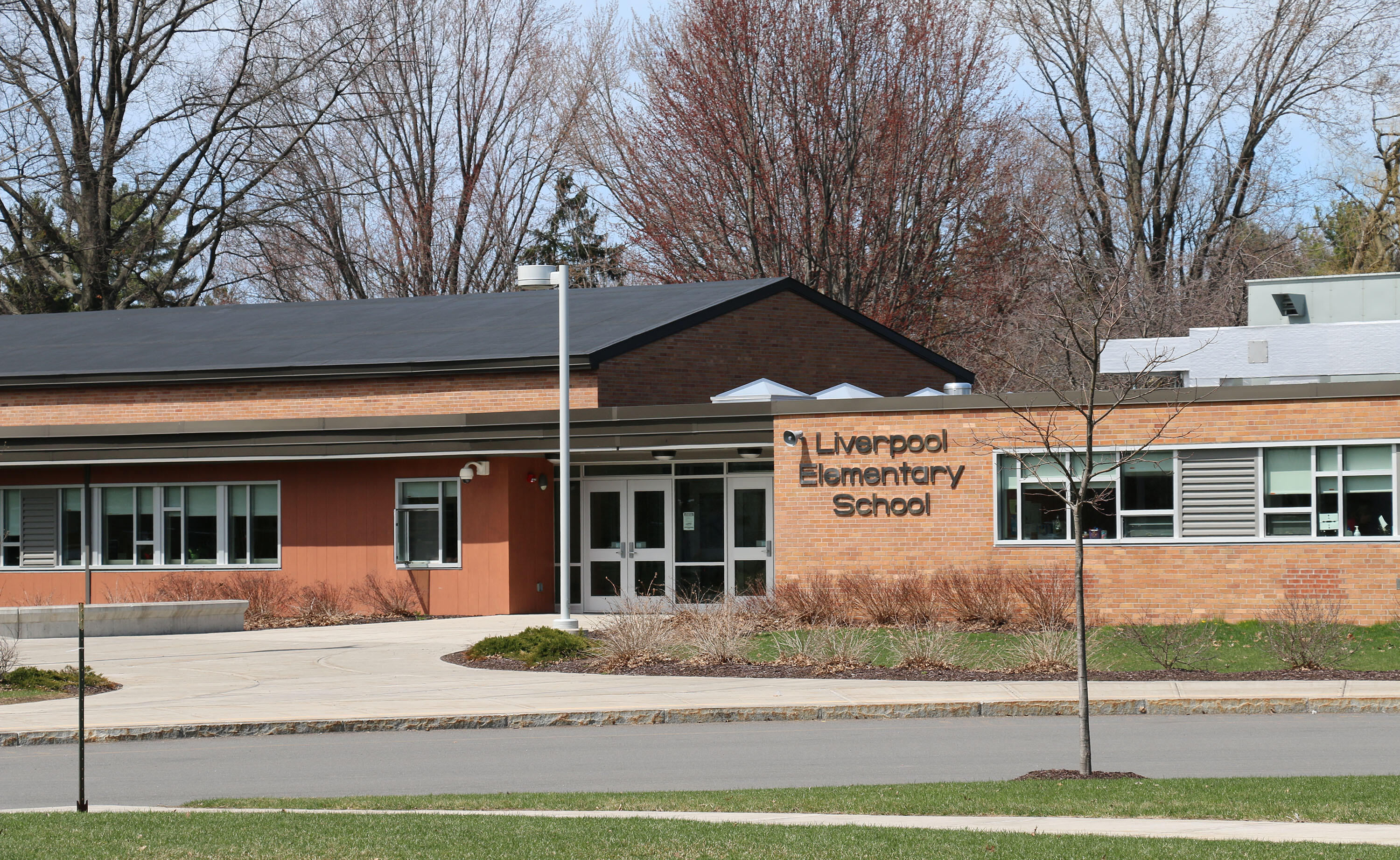

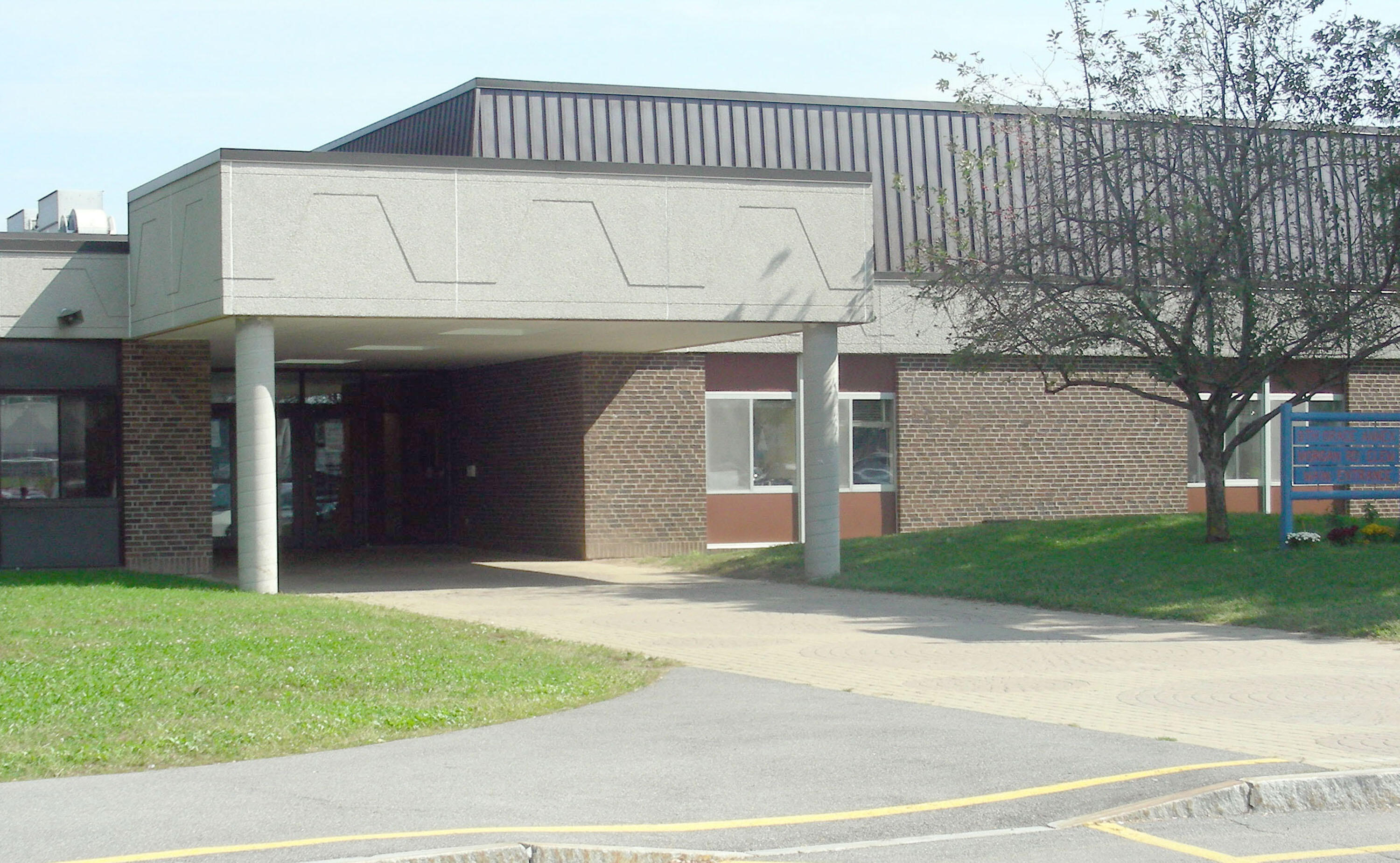
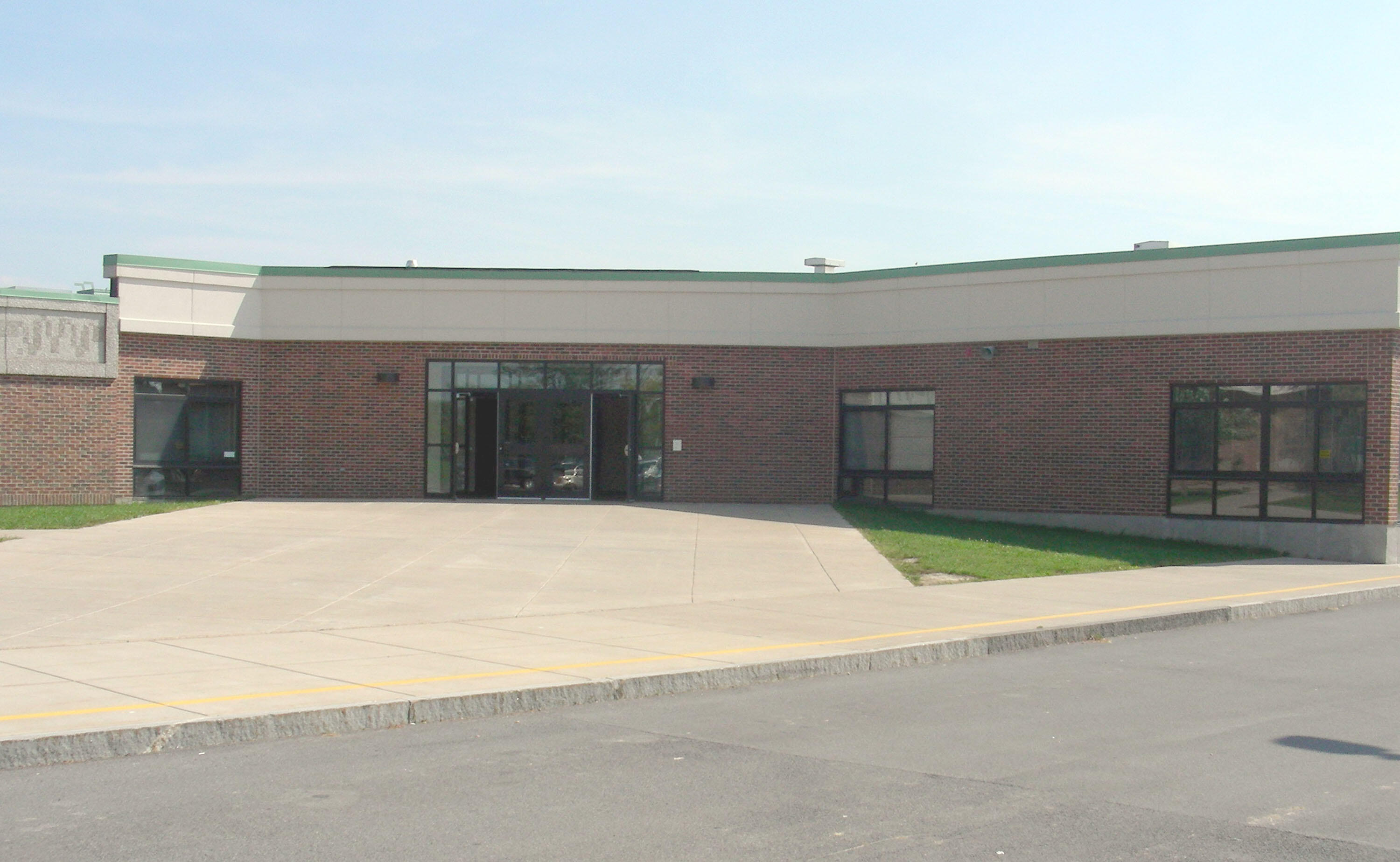
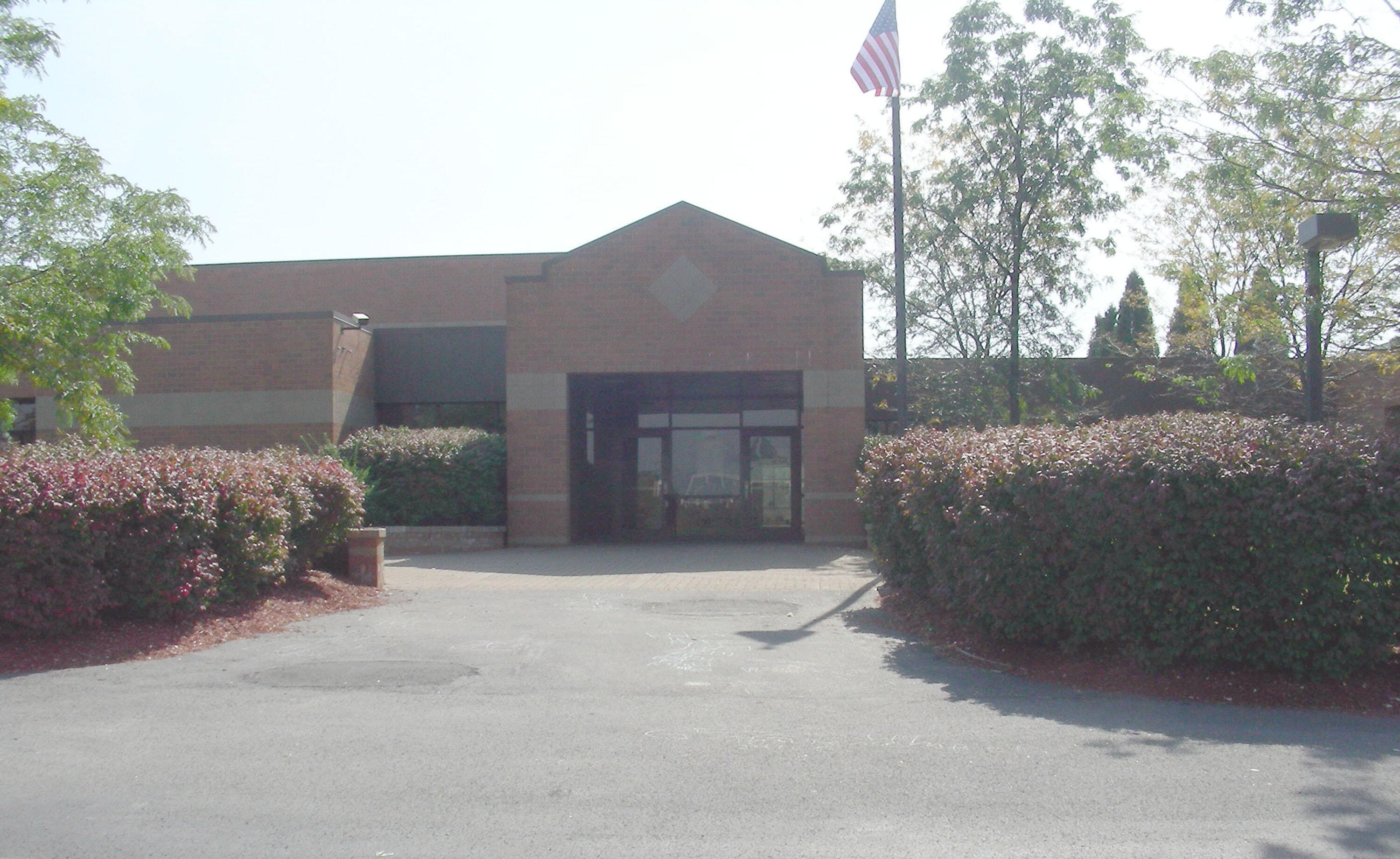
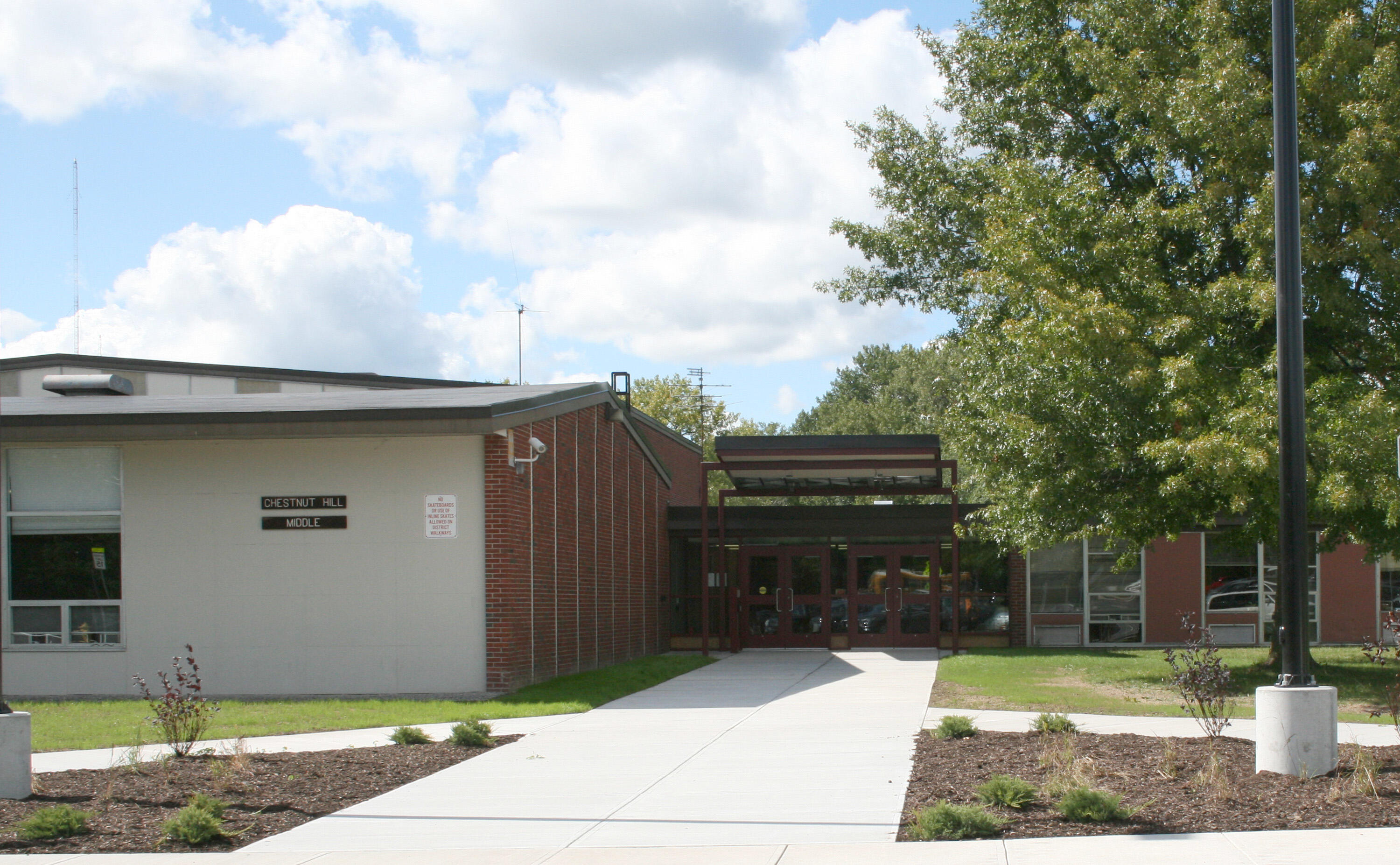
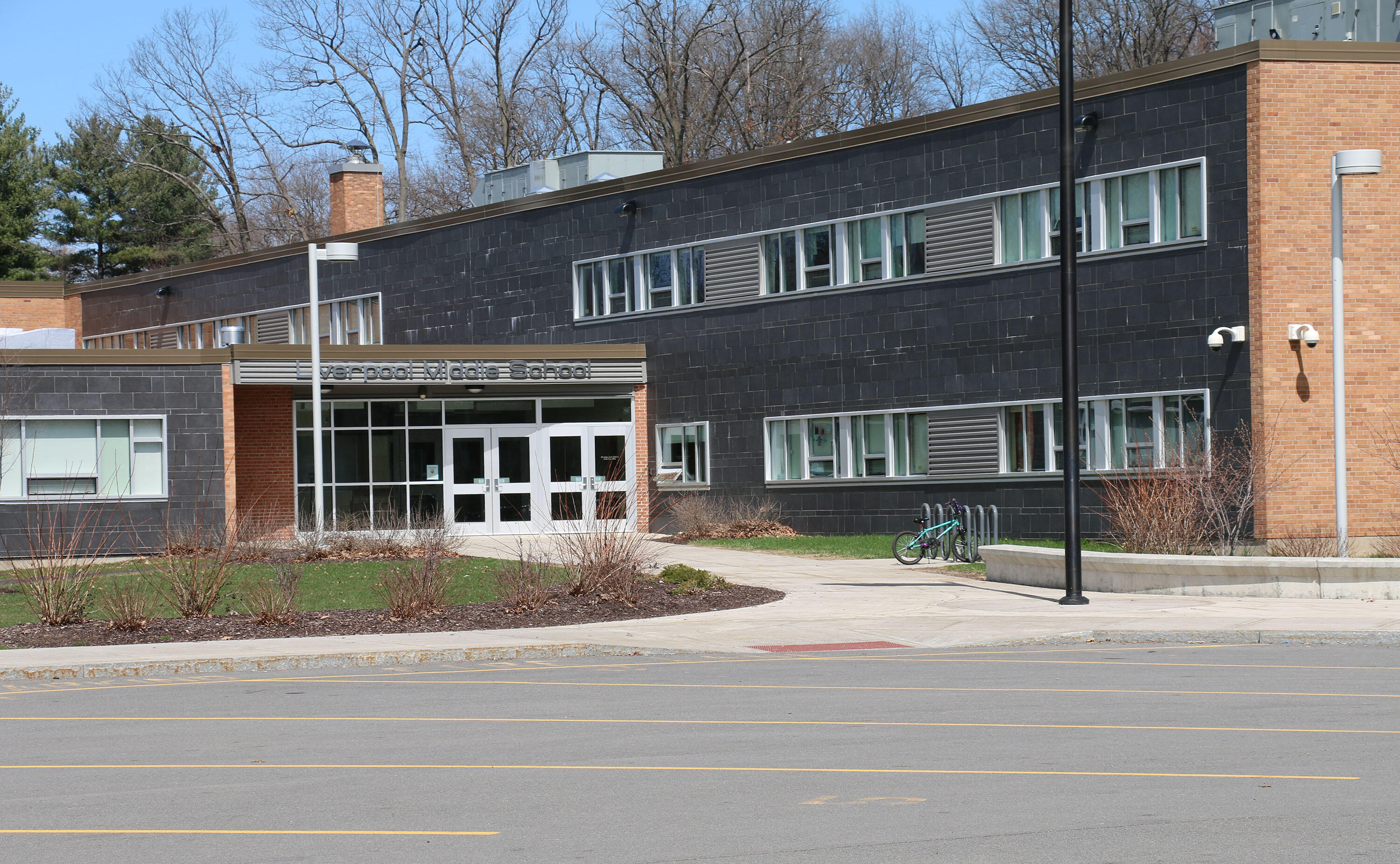
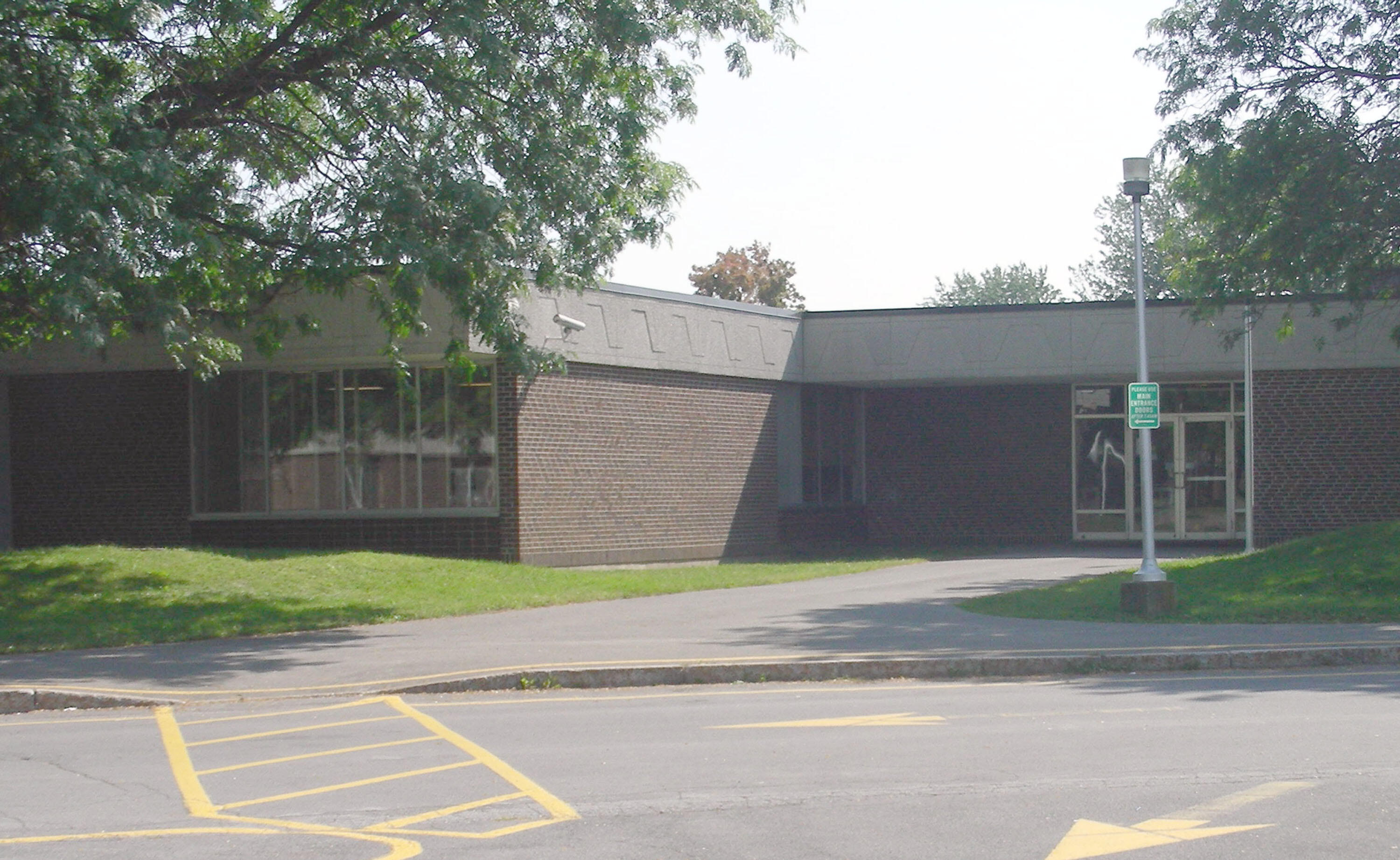
/Soule%20Road%20Middle.jpeg?mask=1)
